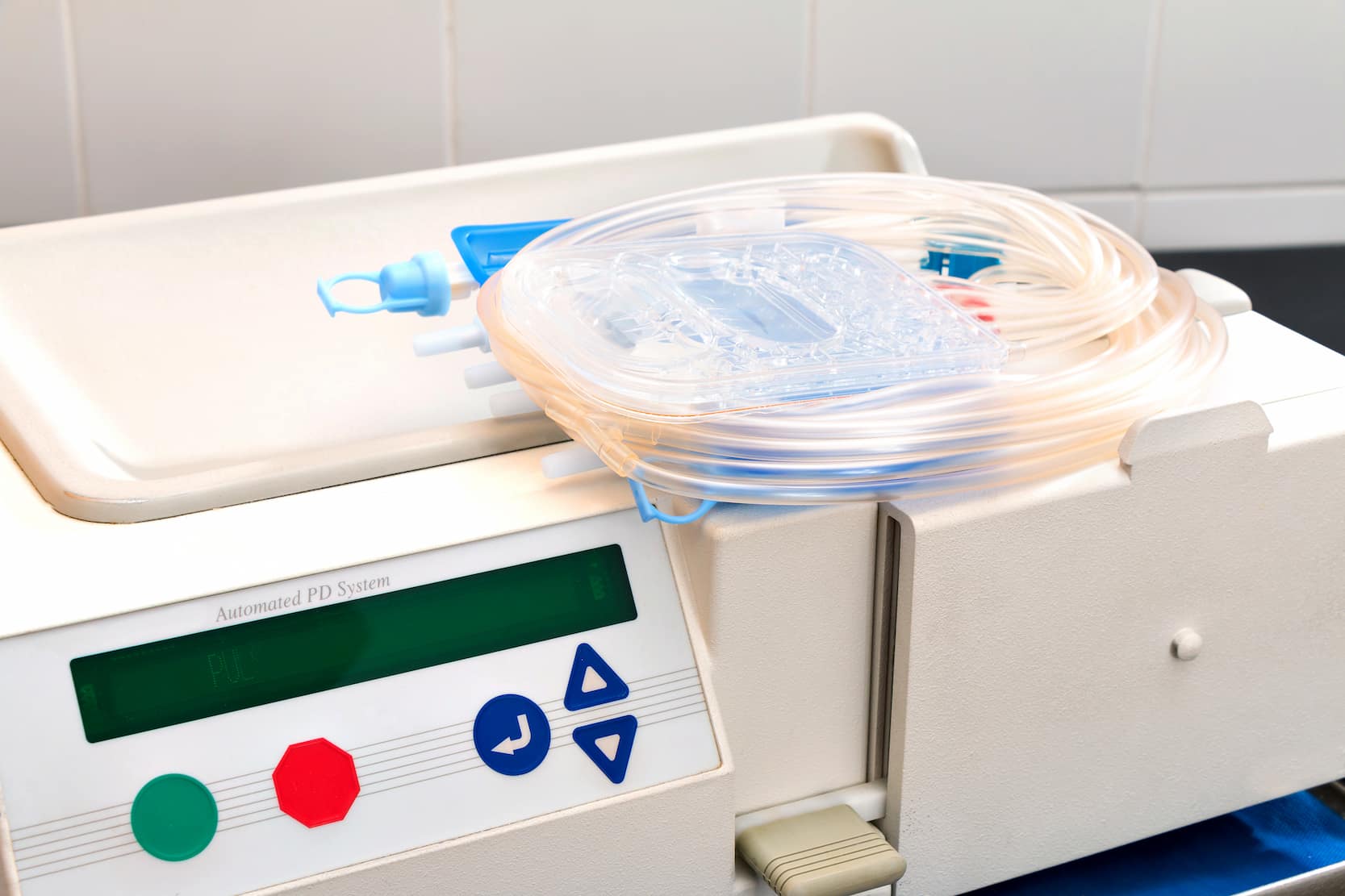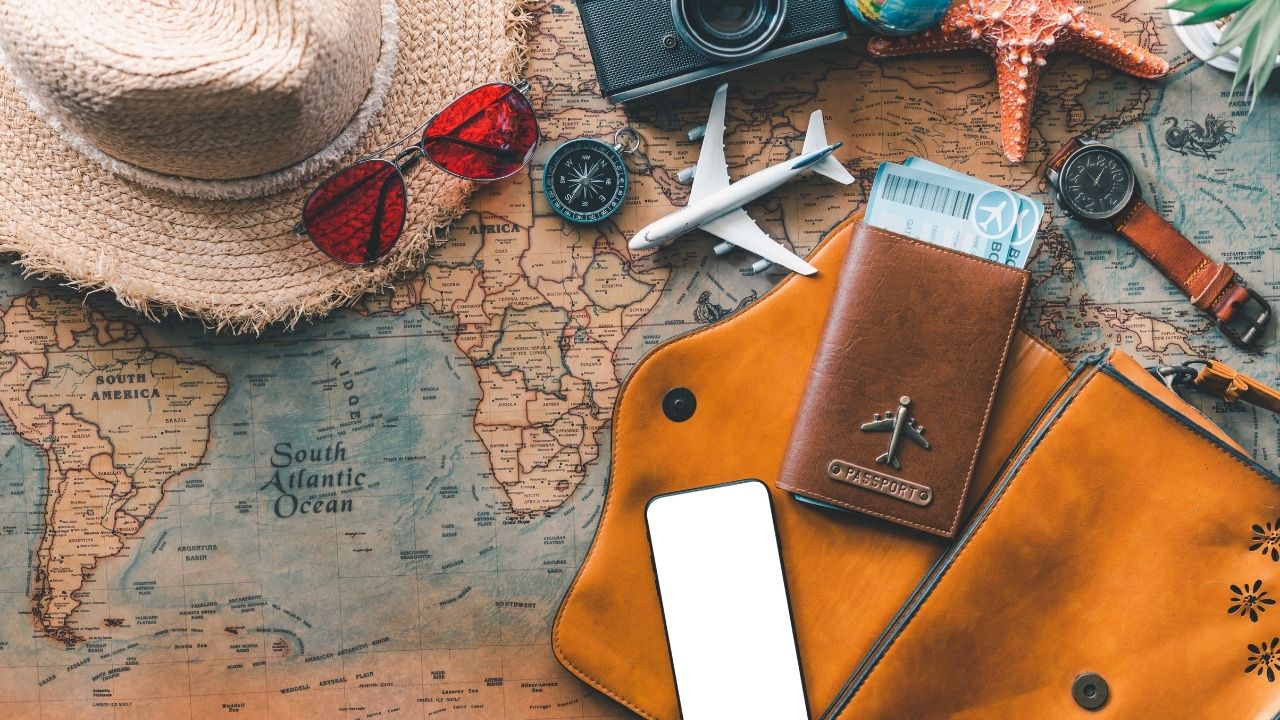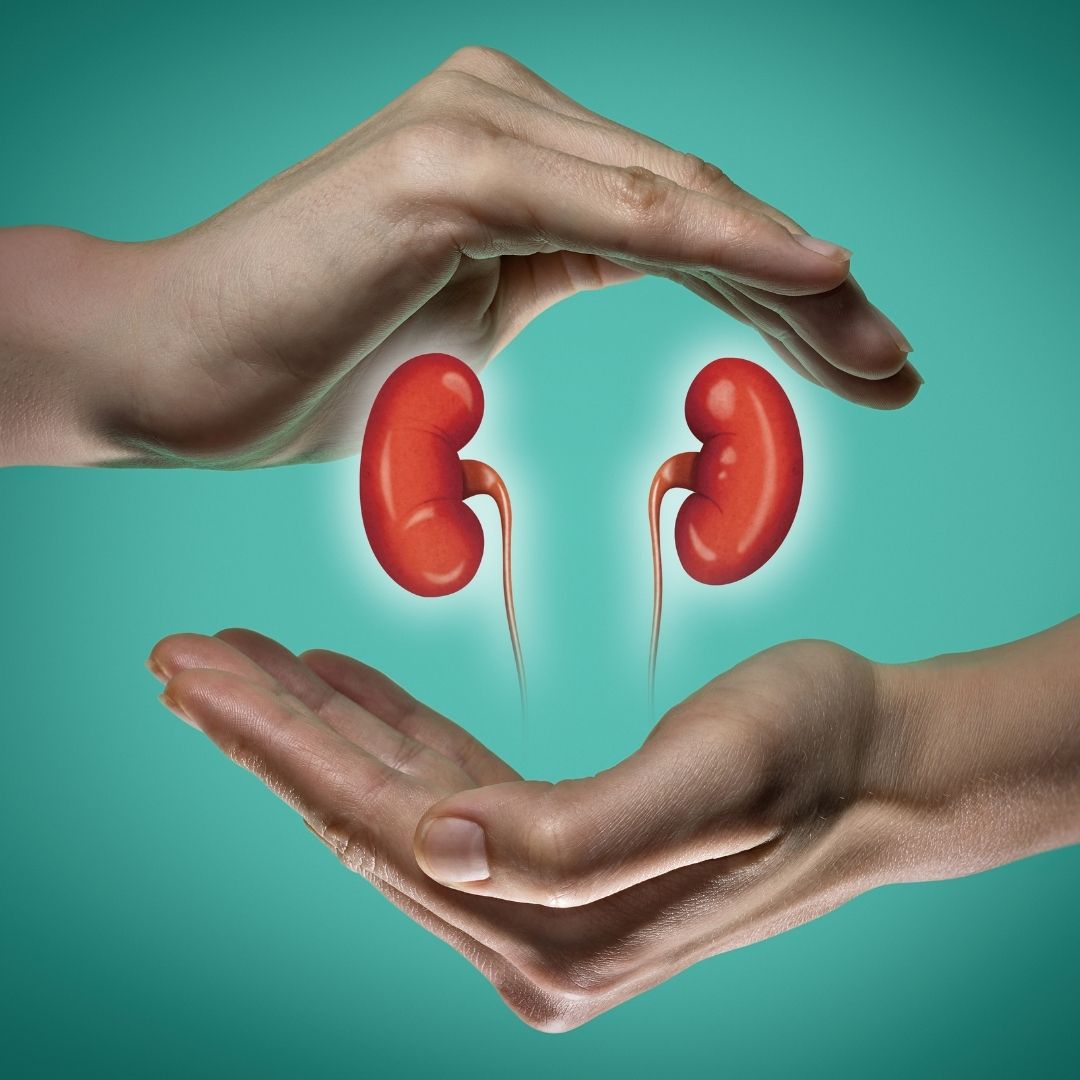
Peritoneal Dialysis
Dialysis is a treatment that can enable patients who are living with renal failure to remove toxins and extra fluid from their bodies. This treatment can save a patient’s life. Peritoneal dialysis, on the other hand, is a sort of dialysis that is frequently forgotten about, even though hemodialysis is the type of dialysis that is more widely known. Peritoneal dialysis may be less invasive and more flexible than hemodialysis, but it also comes with its own unique set of obstacles, many of which are likely to go unnoticed. Peritoneal dialysis is an alternative to hemodialysis.
A peritoneal dialysis is a form of dialysis that uses the lining of the abdomen, known as the peritoneum, to filter waste and excess fluid from the blood. A catheter is inserted into the abdomen, and a special dialysis solution is then infused into the peritoneal cavity, where it is allowed to dwell for a set amount of time before being drained out. This process is repeated several times a day and can be done at home, allowing for more flexibility in terms of scheduling and lifestyle.
While peritoneal dialysis can be a more convenient form of dialysis, it also comes with its own unique set of challenges. For one, the catheter insertion process can be uncomfortable and painful and can take several weeks to heal. Additionally, peritoneal dialysis requires strict adherence to a schedule, with each exchange taking at least 30 minutes to complete. This can make it difficult to work, travel, or engage in other activities that require a more flexible schedule.
Another challenge of peritoneal dialysis is the risk of infection. Since the dialysis solution is infused directly into the peritoneal cavity, there is a risk of bacteria entering the body and causing infection. Patients on peritoneal dialysis must be vigilant about maintaining a sterile environment and monitoring for signs of infection, such as fever or redness at the catheter site.
A patient’s mental and emotional well-being can also be significantly affected by peritoneal dialysis, which is the final point I want to make. Being connected to a dialysis machine for several hours every day can be lonely and irritating, and the constant monitoring and administration of duties related to dialysis can be exhausting and difficult to cope with. Individuals undergoing peritoneal dialysis may experience feelings of guilt or shame about their condition, and they may also struggle with the dread of being a burden on their loved ones. These emotions may make it difficult for them to receive treatment.
How Hard Is It to Do Peritoneal Dialysis?
Peritoneal dialysis is generally considered to be a relatively simple procedure and is often preferred by patients who prefer to manage their dialysis at home. While there is a learning curve to mastering the technique, many patients can successfully perform peritoneal dialysis on their own after a few training sessions with a healthcare provider.
The process involves infusing the dialysis solution into the peritoneal cavity, where it is allowed to dwell for a set amount of time before being drained out and can be easily performed by most patients with a little bit of practice and guidance. Additionally, peritoneal dialysis allows for more flexibility in terms of scheduling and lifestyle, making it a popular choice for those seeking a more independent form of dialysis treatment.

Can I Travel with Peritoneal Dialysis?
Yes, it is possible to travel with peritoneal dialysis, and many patients do so with proper planning and preparation. Peritoneal dialysis allows for more flexibility and independence than traditional hemodialysis, as it can be done at home or while traveling. Patients who plan to travel with peritoneal dialysis should consult with their healthcare provider to ensure that they have enough supplies and equipment to last the duration of their trip, as well as a plan in place for accessing additional supplies if needed.
Additionally, patients should research local hospitals or dialysis clinics at their destination in case of emergency and should inform their travel companions and airline or transportation providers of their medical needs. With proper planning and communication, patients on peritoneal dialysis can continue to enjoy travel and adventure while managing their condition.
Peritoneal Dialysis Fluid Control: Managing the Balance
A peritoneal dialysis is a form of dialysis that uses the lining of the abdomen, known as the peritoneum, to filter waste and excess fluid from the blood. During peritoneal dialysis, a special fluid is infused into the peritoneal cavity, where it remains for a set amount of time before being drained out. While peritoneal dialysis can be a more flexible and convenient form of dialysis compared to hemodialysis, it requires careful management of fluid balance to ensure that patients do not experience complications such as fluid overload or dehydration.
Monitoring the volume of fluid that is both infused and discharged during each exchange of peritoneal dialysis is one of the most important parts of regulating fluid balance when undergoing peritoneal dialysis. Individuals who are undergoing peritoneal dialysis are required to monitor both the amount of dialysis solution that is being infused into their bodies and the volume of fluid that is being removed from their bodies. This helps to guarantee that the correct quantity of fluid is evacuated from the body without creating dehydration or fluid overload, which is something that this helps to ensure.
The Study of Peritoneal Dialysis
A recent study published in the Journal of Nephrology and Renal Care investigated the experiences and challenges faced by individuals undergoing peritoneal dialysis. The study, conducted over two years, involved interviews and surveys with a diverse group of peritoneal dialysis patients. Findings from this research shed light on the often-overlooked aspects of peritoneal dialysis, including the discomfort associated with catheter insertion, the importance of meticulous infection control measures, and the emotional toll of managing a chronic illness. By acknowledging and addressing these aspects, healthcare providers can better support patients in successfully managing their condition.
Healthy Türkiye Notes
Peritoneal dialysis is a form of dialysis that is less invasive and more flexible than other types of dialysis; however, it does not mean that it is free of its unique obstacles. Patients on peritoneal dialysis experience a secret fight that, for the most part, goes unnoticed. This struggle ranges from the discomfort of having a catheter inserted to the risk of contracting an infection to the emotional toll of managing a chronic illness. It is crucial for us as providers of medical care to acknowledge and address these issues, as well as work to offer our patients the support and agency they need to successfully manage their disease to the best of their abilities.



